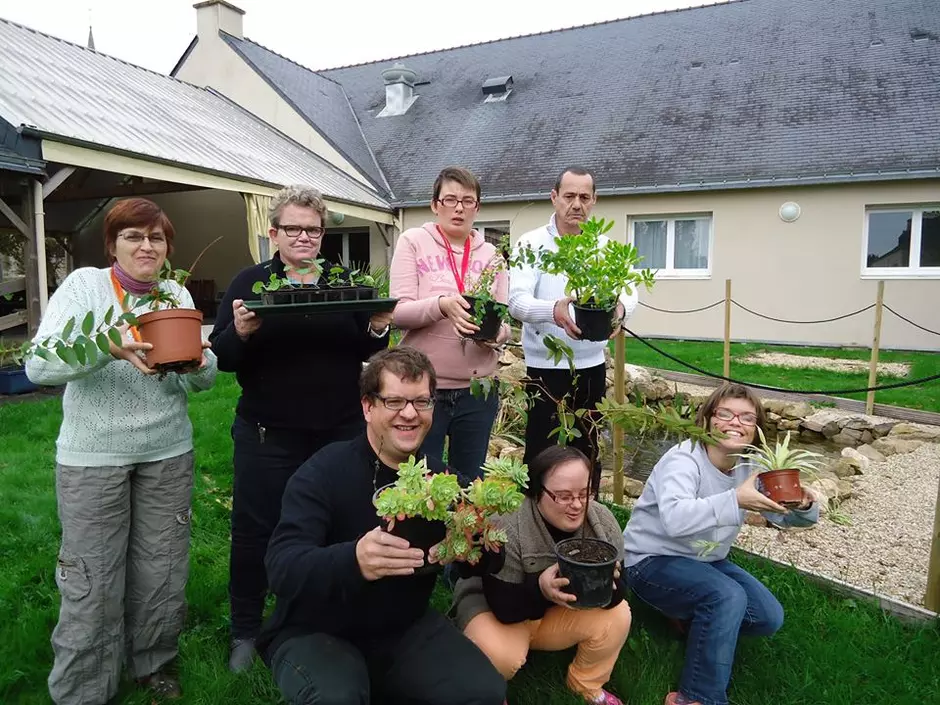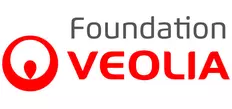
Social and Employment
Place
Questembert et Saint-Vincent-sur-Oust, Morbihan, France
Sponsor
Philippe Peltier, Veolia Eau
Grant(s)
45,000 € to the Selection Committee at 2005/05/31
Project leader
Marie Balavenne
« This is an original project which gives the mentally disabled a taste of the lifestyle enjoyed by the fully abled. It facilitates their integration while preserving the close contact between families and institutions without undermining the central family structure. »
Philippe Peltier
The Morbihan-based Marie Balavenne association, founded in 2002, aims to create, manage and monitor establishments for the mentally disabled. But it is keen to go beyond merely providing accommodation by offering its beneficiaries assistance with life skills through work programmes tailored to their disabilities. It encourages them to live as if at home while teaching them how to go shopping, prepare meals, perform basic domestic chores and achieve or regain a lifestyle similar to that enjoyed by the fully abled. In this way, the Marie Balavenne association is able to make up for the region's desperate shortage of host structures for the mentally disabled.
Seventeen jobs created
Under the guidance of a public housing association, two ten-bedroom houses have been built in the towns of Questembert and Saint-Vincent-sur-Oust.
They can accommodate eight mentally disabled daycare residents and twenty on a full-board basis. Without being separated from their family, these individuals can take part in the many activities on offer at the activity centre, including work in a vegetable garden and orchard.
An educational support team is present around the clock to supervise residents.
The team also includes, nurses, medical/pedagogical assistants and a night supervisor: in all, seventeen permanent posts have been created.
The Veolia Foundation is participating alongside several partners, including the Conseil Général of Morbihan.
Its 45,000-euro contribution covers the purchase of two nine-seater and two five-seater vehicles. In all, four vehicles are needed to transport users.

